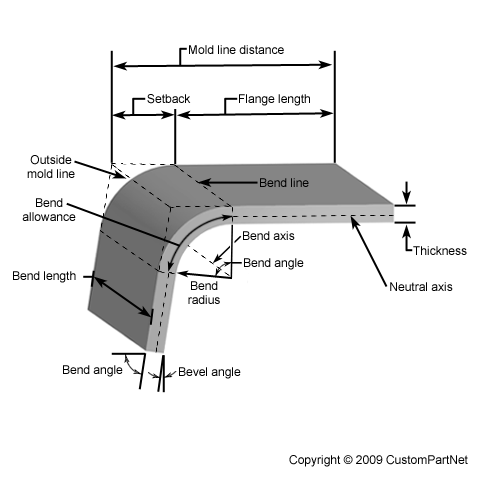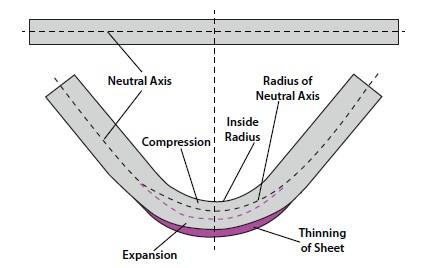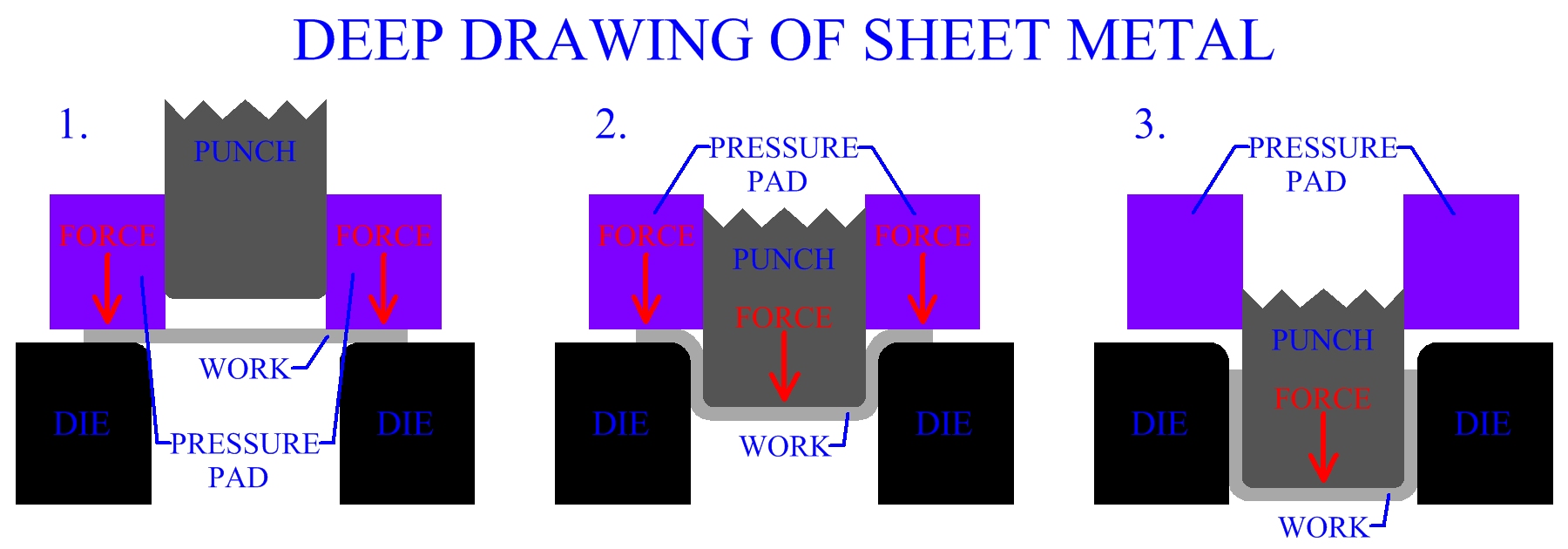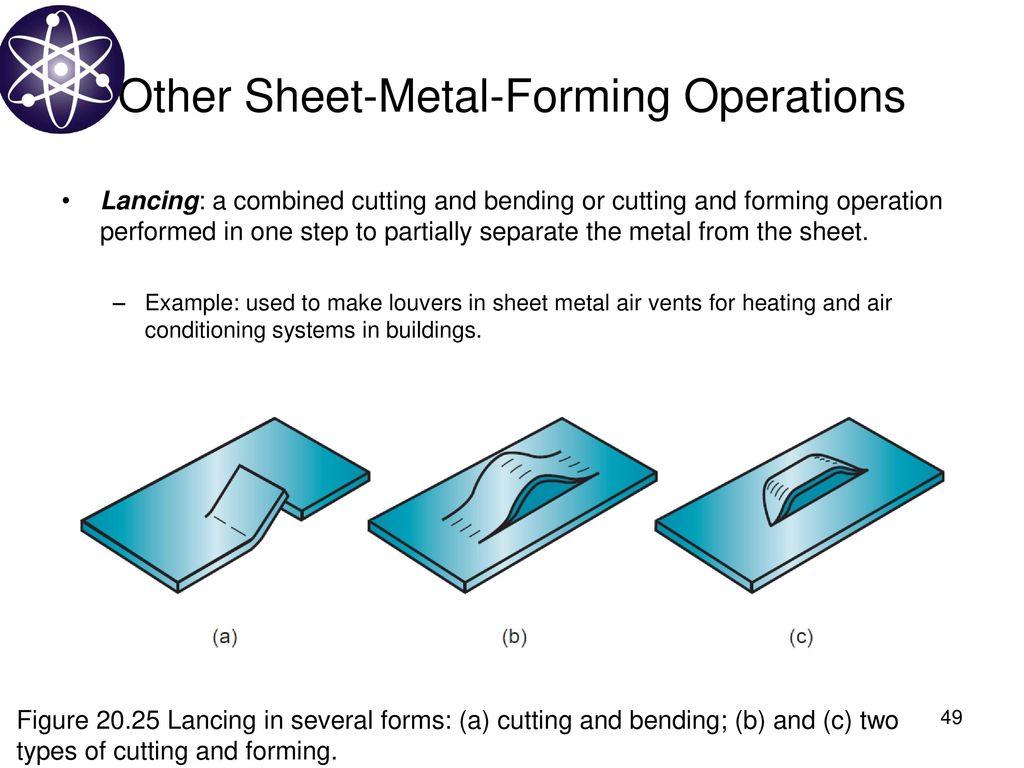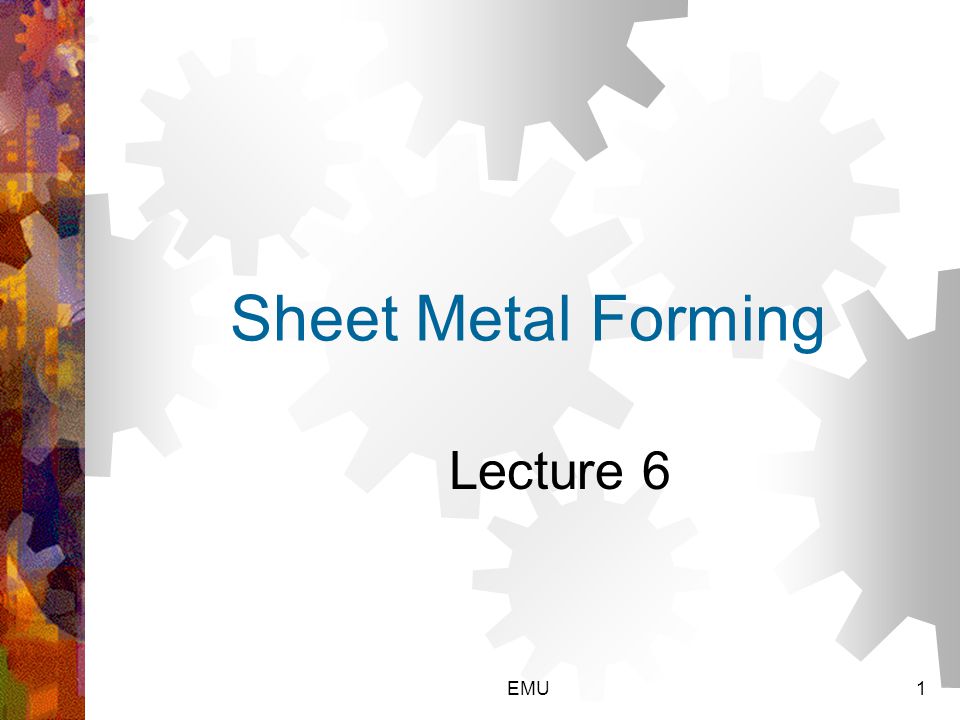N Value Sheet Metal Forming
T co 7wf19j8ofd see it on twitter 3 4 times a year we send out an email on the latest topics related to sheet metal and forming which we find interesting.
N value sheet metal forming. Tools include punch die that are used to deform the sheets. The strain hardening exponent plays an important role in sheet metal forming. Astm e646 standard test method for tensile strain hardening exponents n values of metallic sheet materials is for determining the strain hardening exponent. The n value describes the hardening increase in strain during plastic deformation up to uniform elongation while the r value describes the vertical anisotropism.
The effect of the n value in deep drawing is ambiguous. Of all the mechanical properties determined by a tensile test the plastic strain ratio is the most difficult and requires close attention to detail. It is the ability to maintain thickness as the material is drawn. The strain values that mark the forming limit is called the forming limit curve flc.
The surface area to volume ratio of the starting metal is relatively high. Astm e517 standard test method for plastic strain ratio r for sheet metal determines the plastic strain ratio. Thus as the n value increases the material s resistance to necking increases and the material can be stretched farther before necking starts. The larger the n value the more the material can elongate before necking.
The forming limit increases due to increase the n value. The shape and placement of the forming limit curve for low carbon steels have been known for decades thanks to the pioneering work of dr. Classification of basic sheet forming processes bending deep drawing shearing. A forming limit diagram also known as a forming limit curve is used in sheet metal forming for predicting forming behavior of sheet metal.
The constant n plays a crucial role in sheet metal forming. All you need are the sheet metal thickness and strain hardening exponent also known as the n value. If thickness is in mm. Sheet metal forming involves forming and cutting operations performed on metal sheets strips and coils.
The r value the plastic strain ratio of sheet metal intended for deep drawing applications is a measure of the resistance to thinning or thickening when subjected to either tensile or compressive forces in the plane of the sheet i e.
